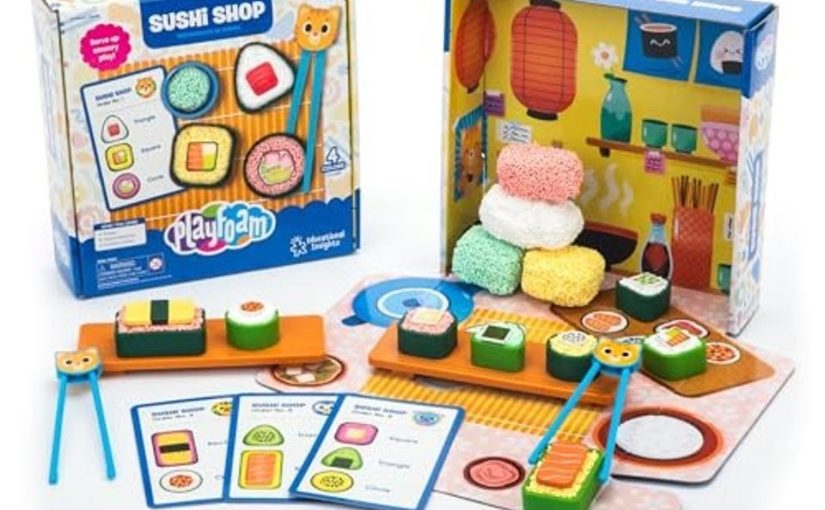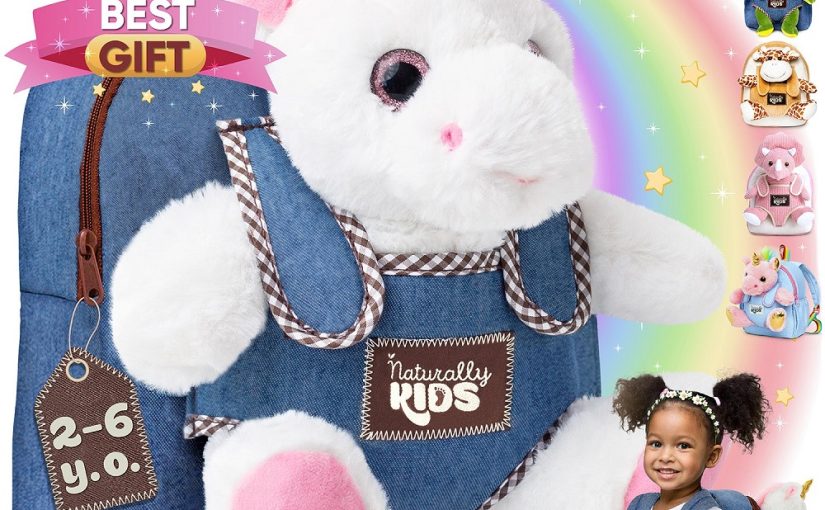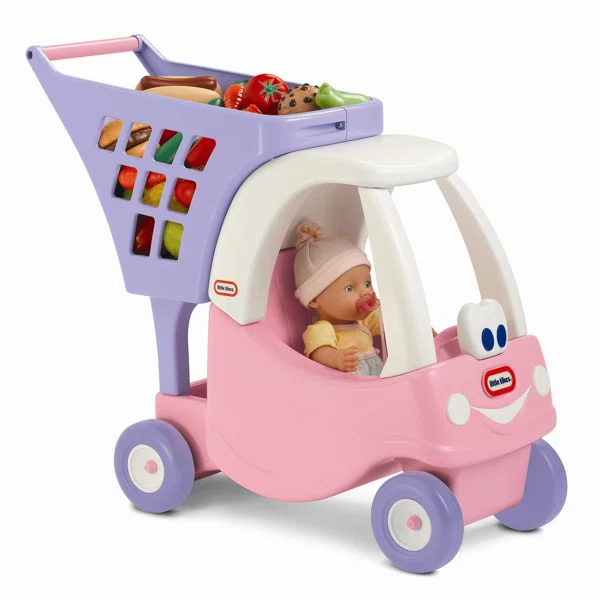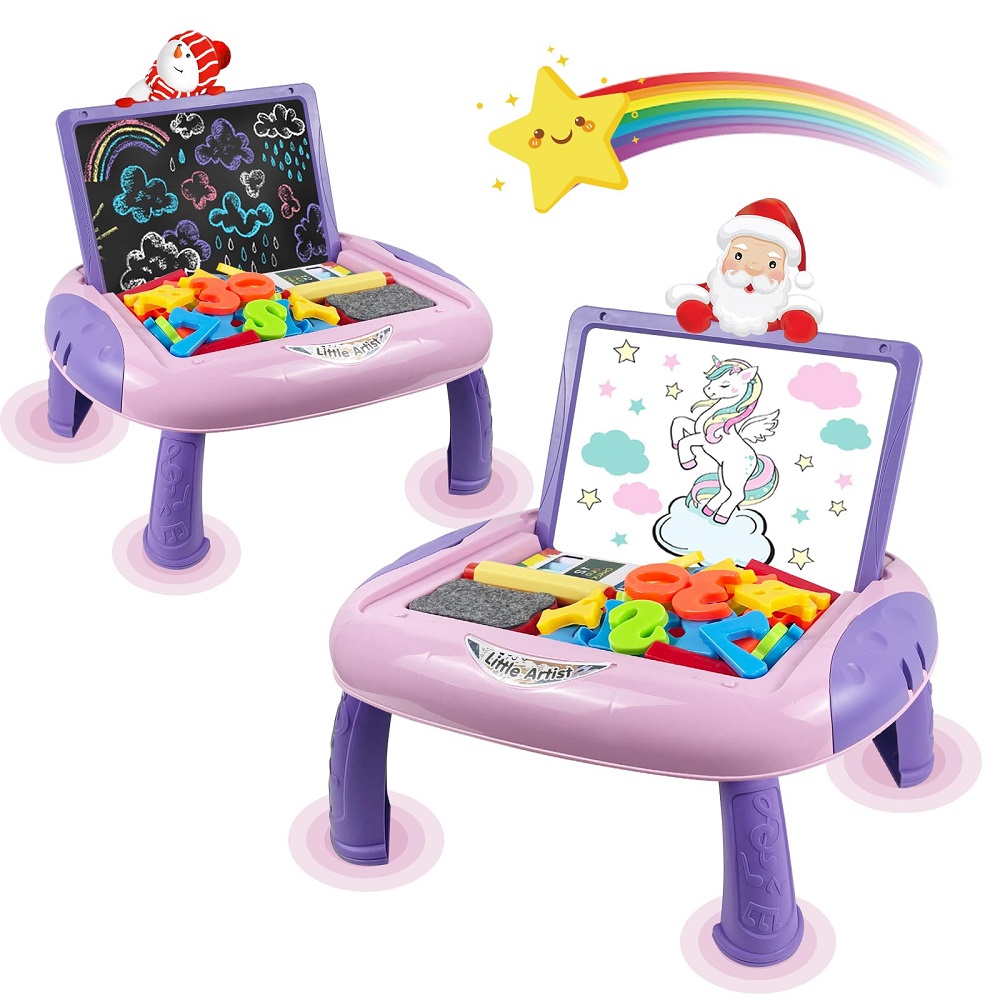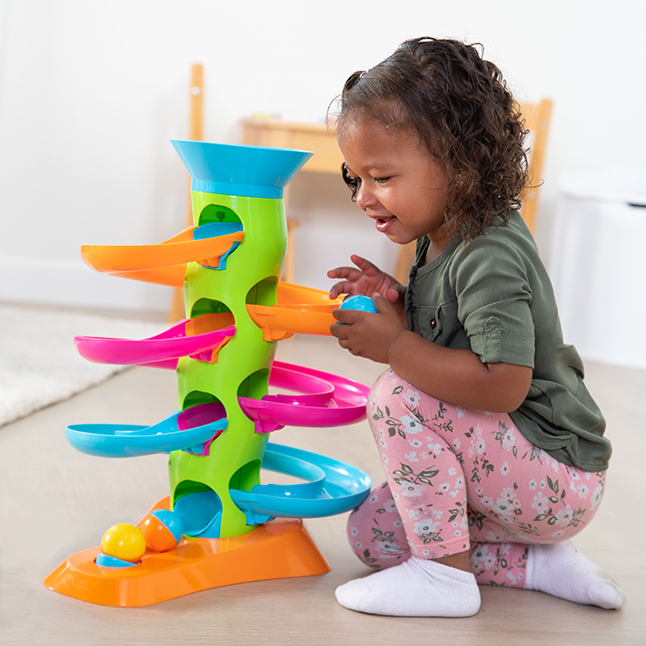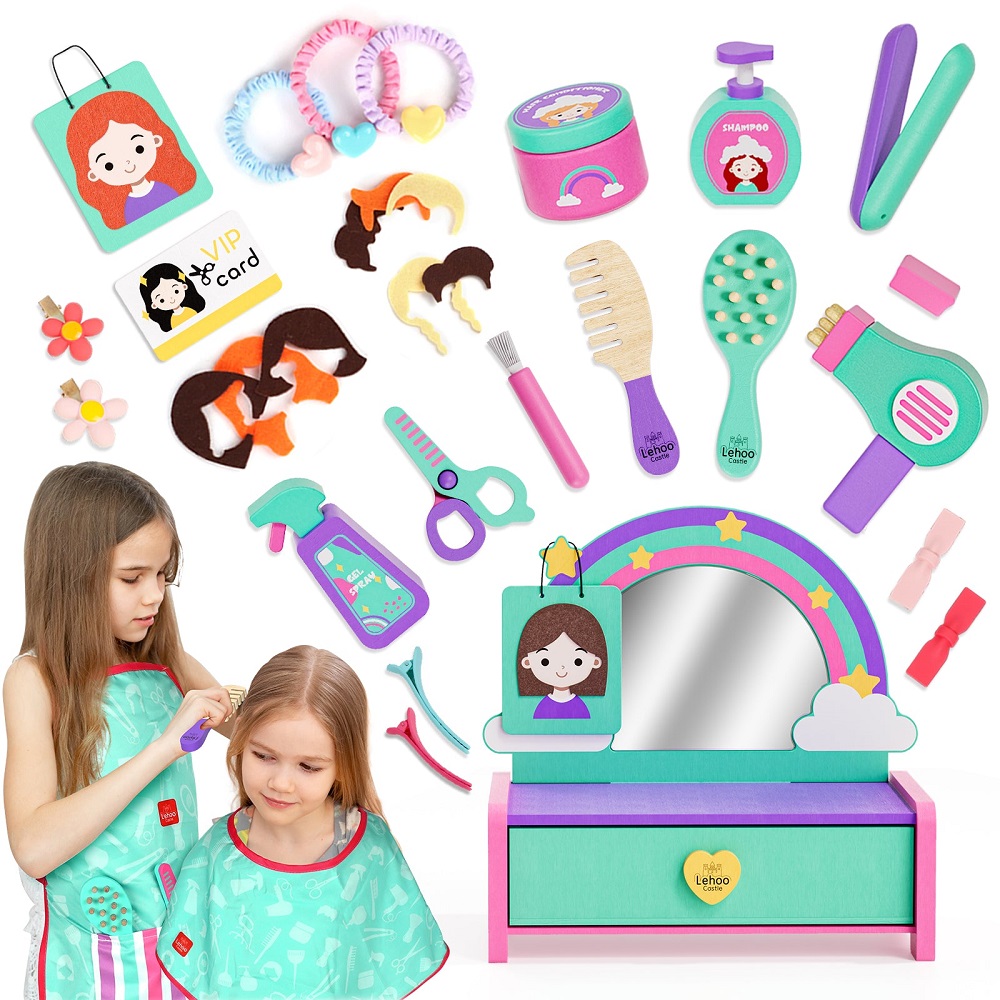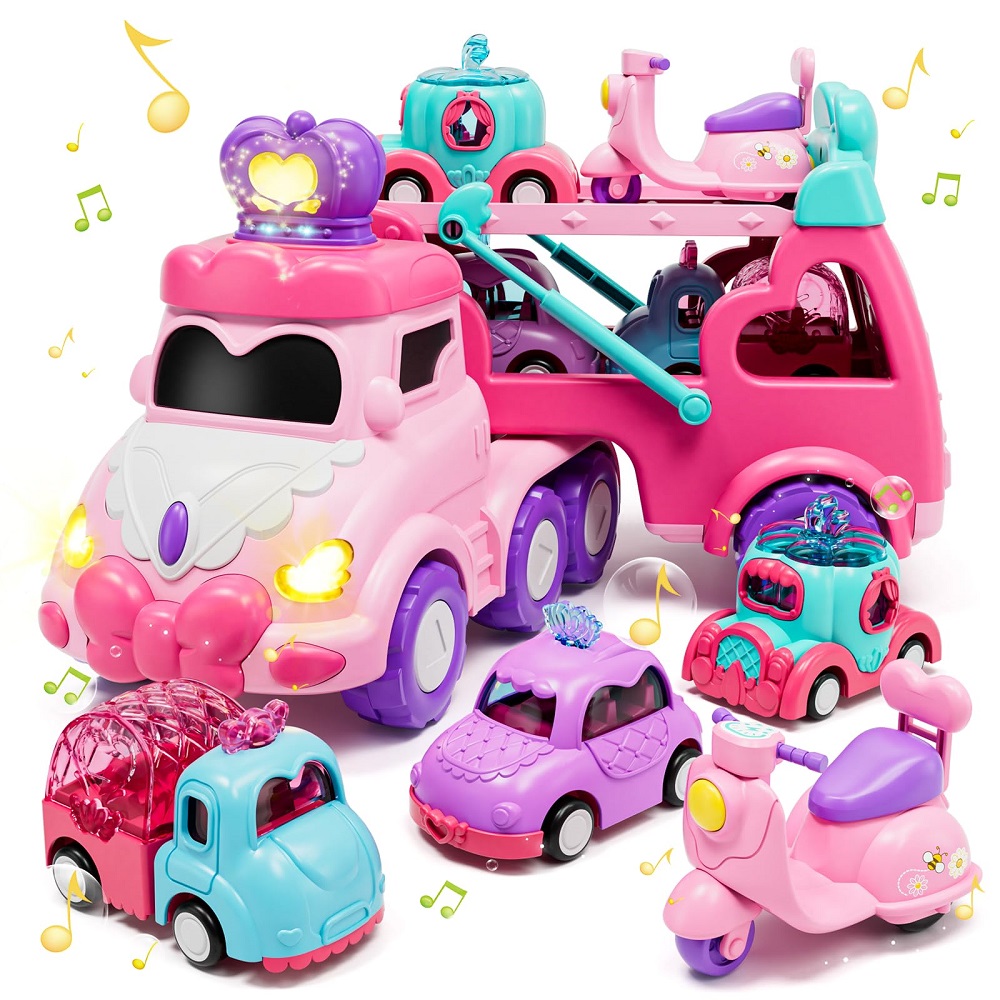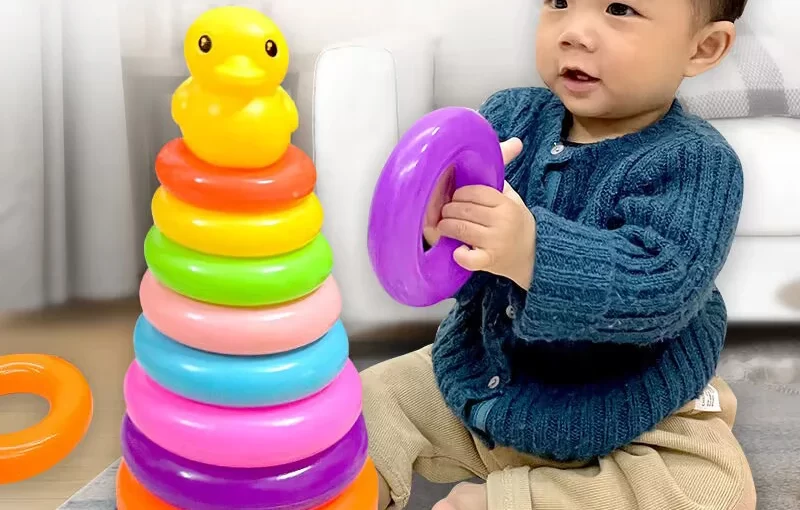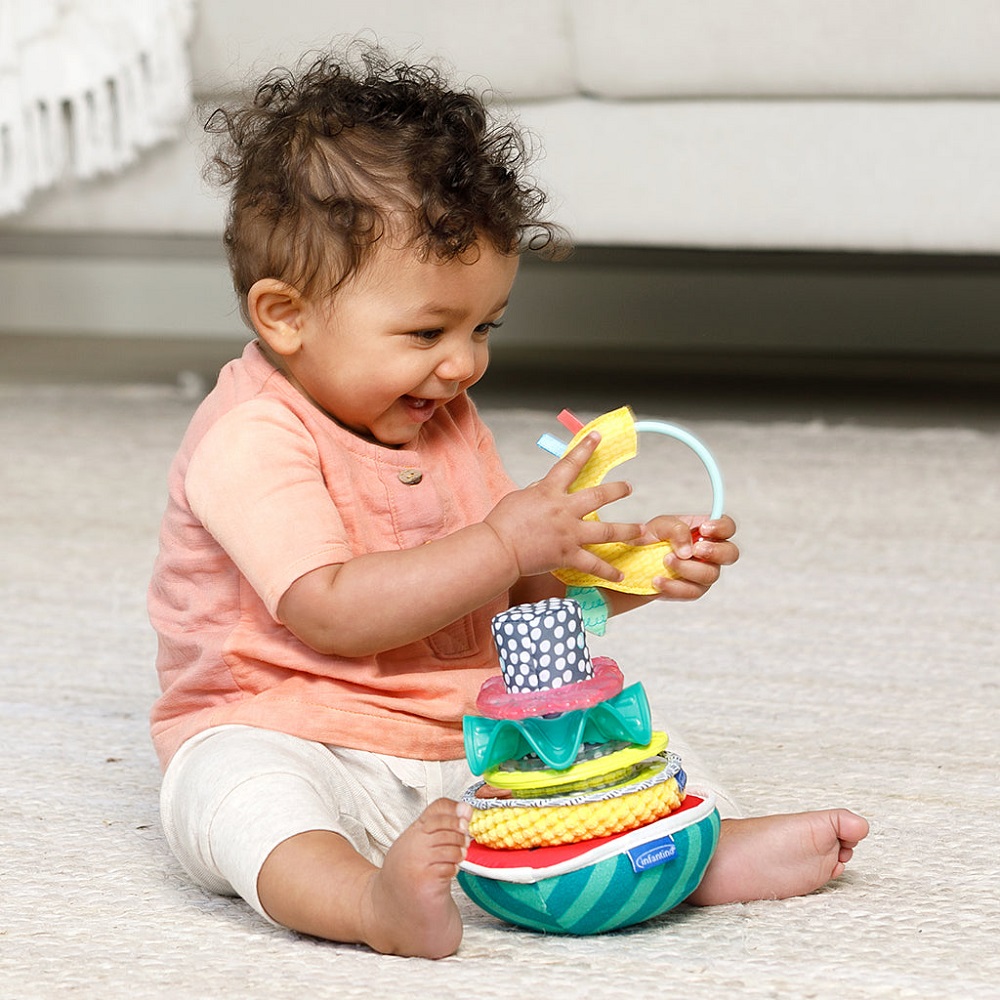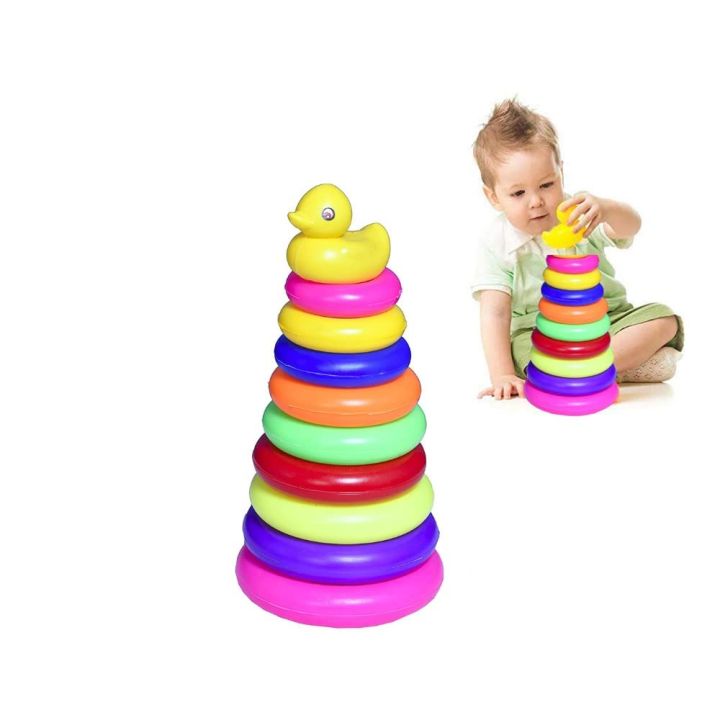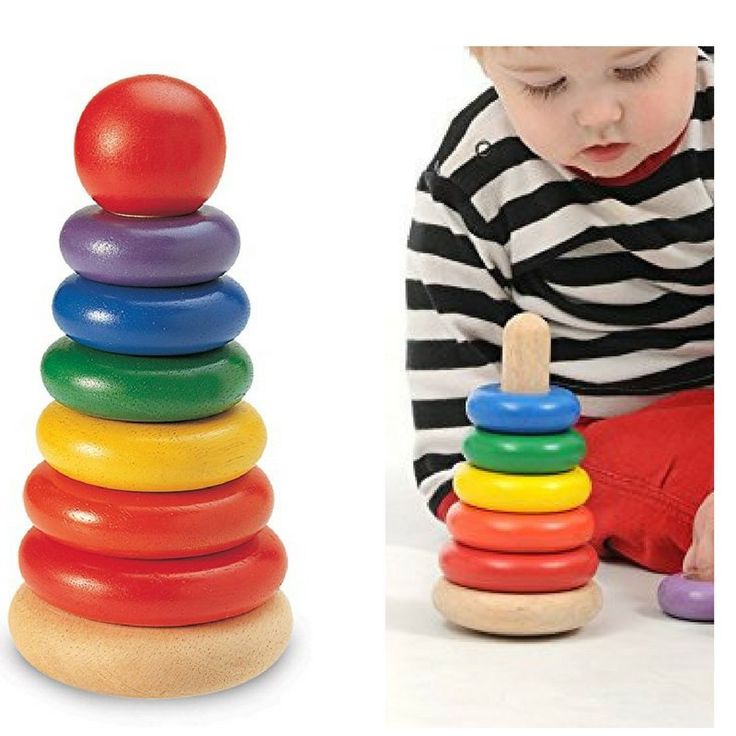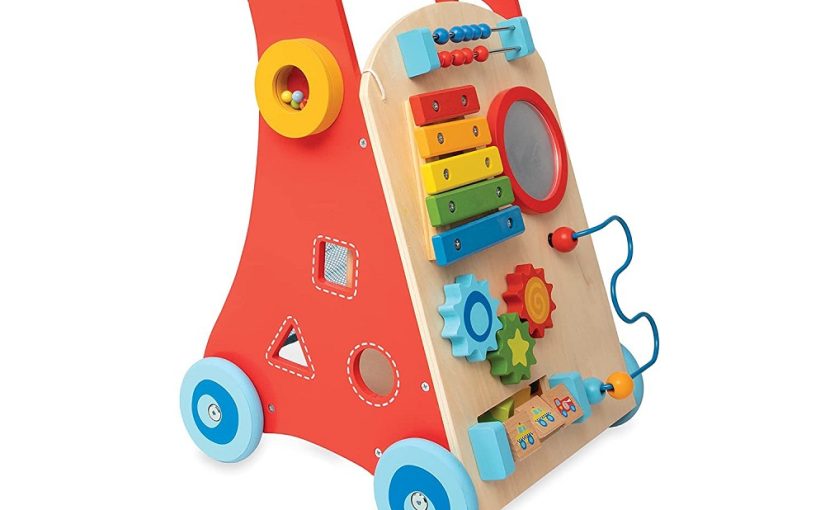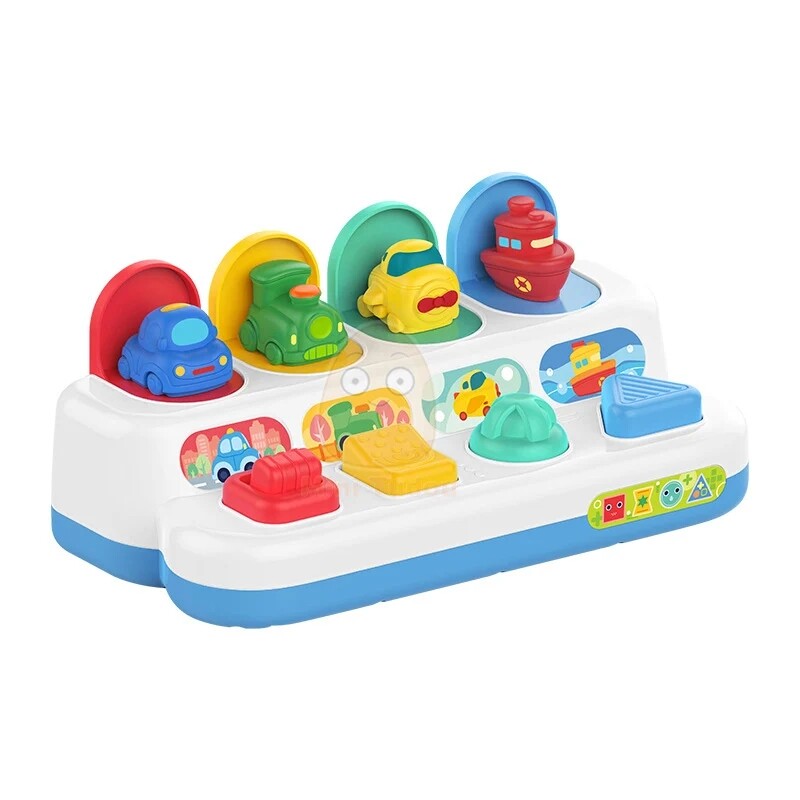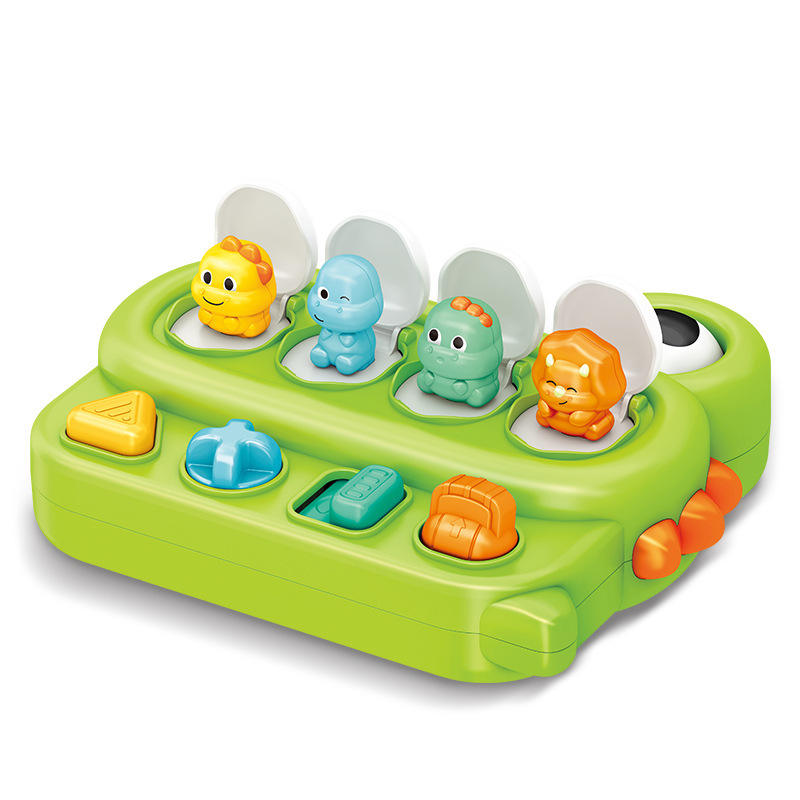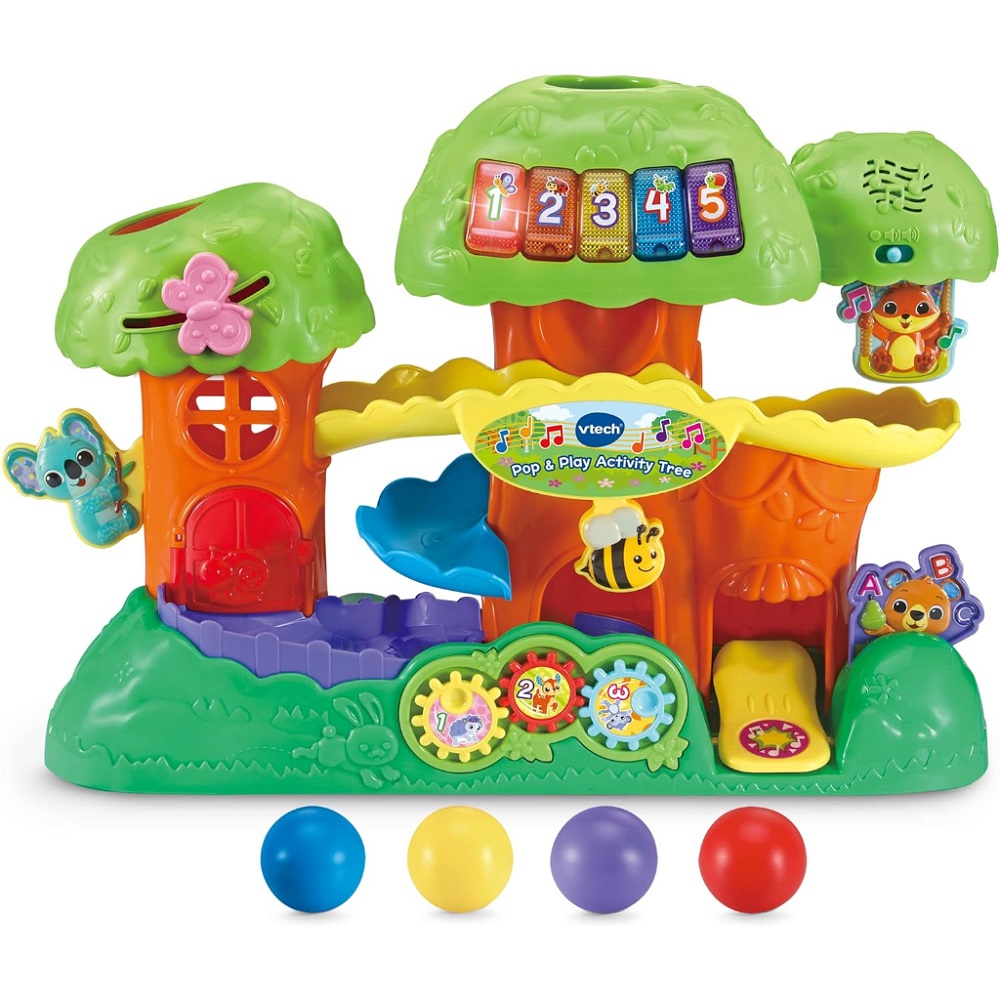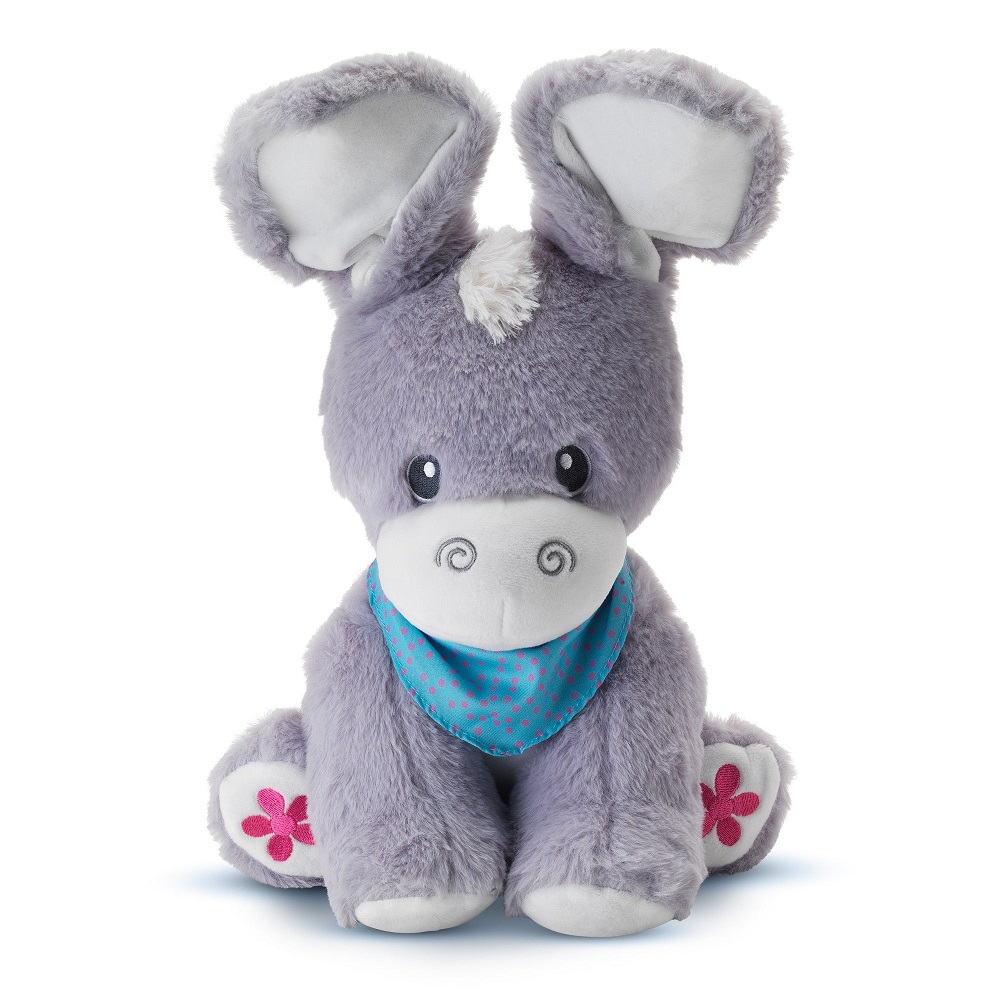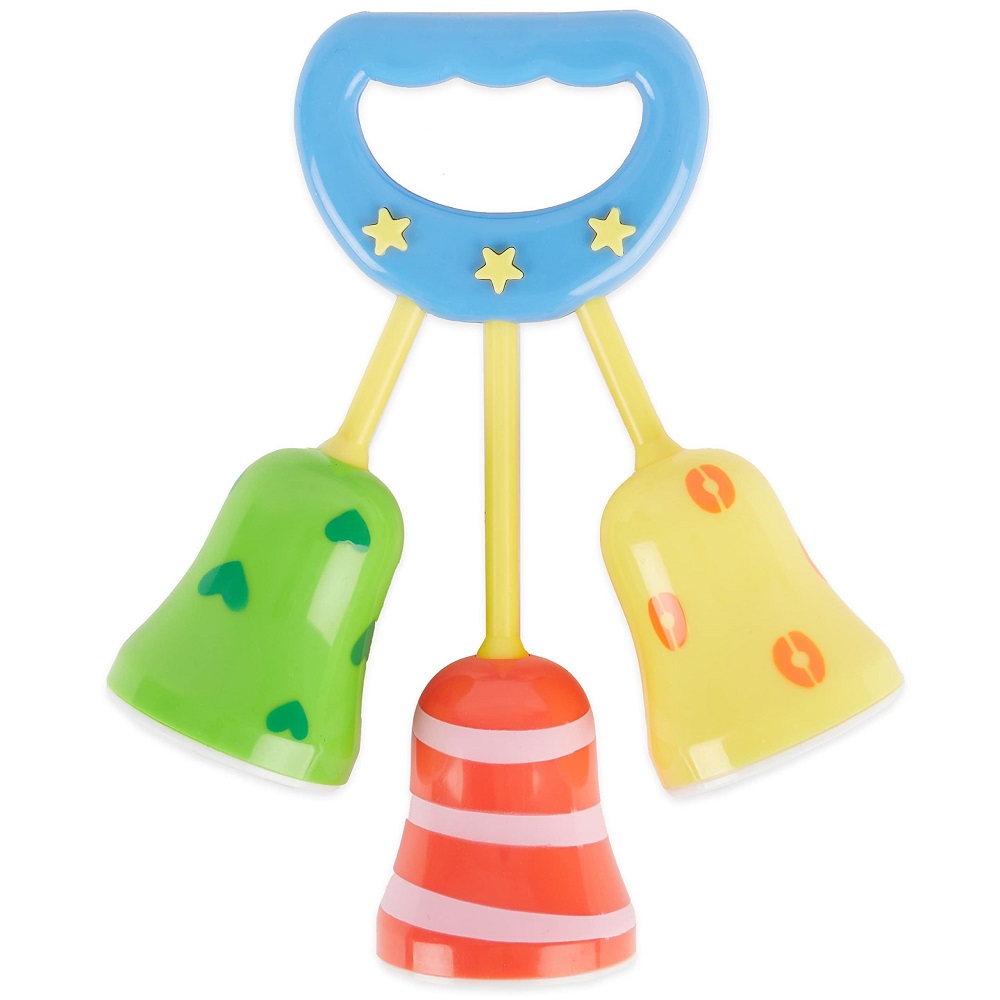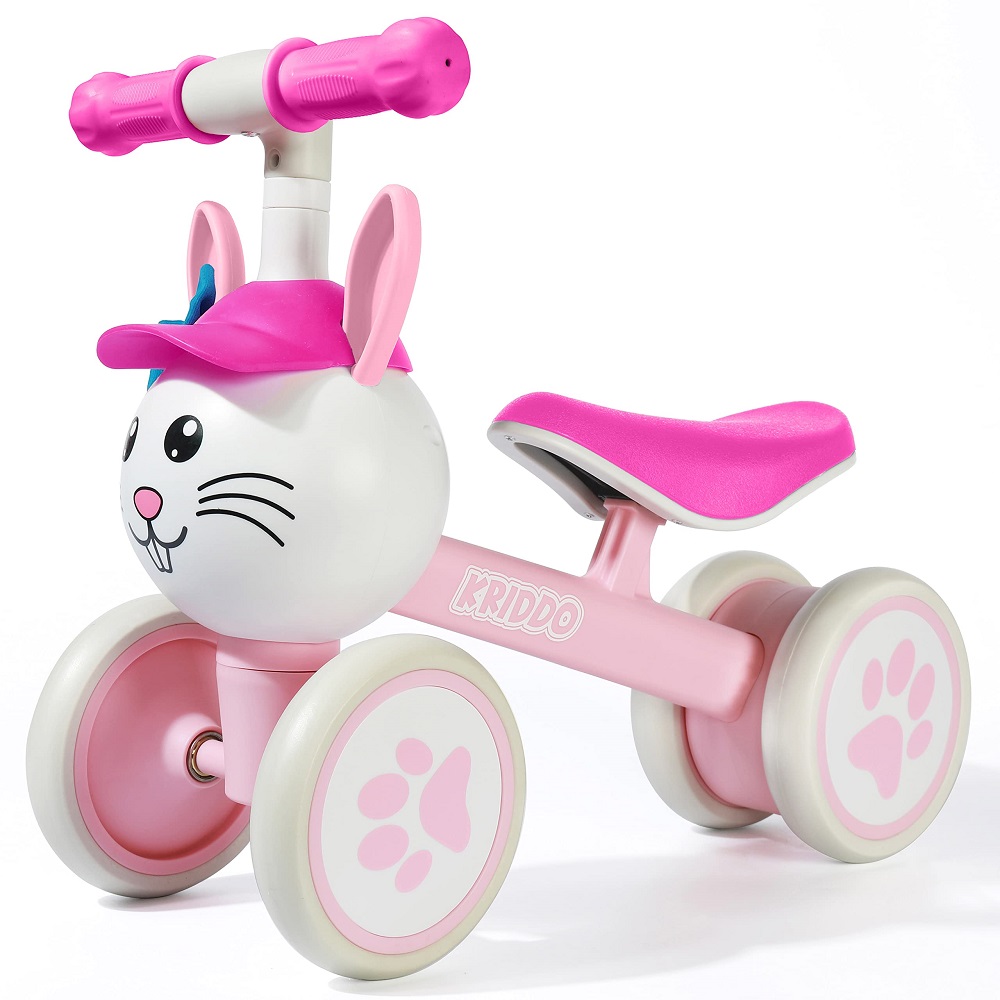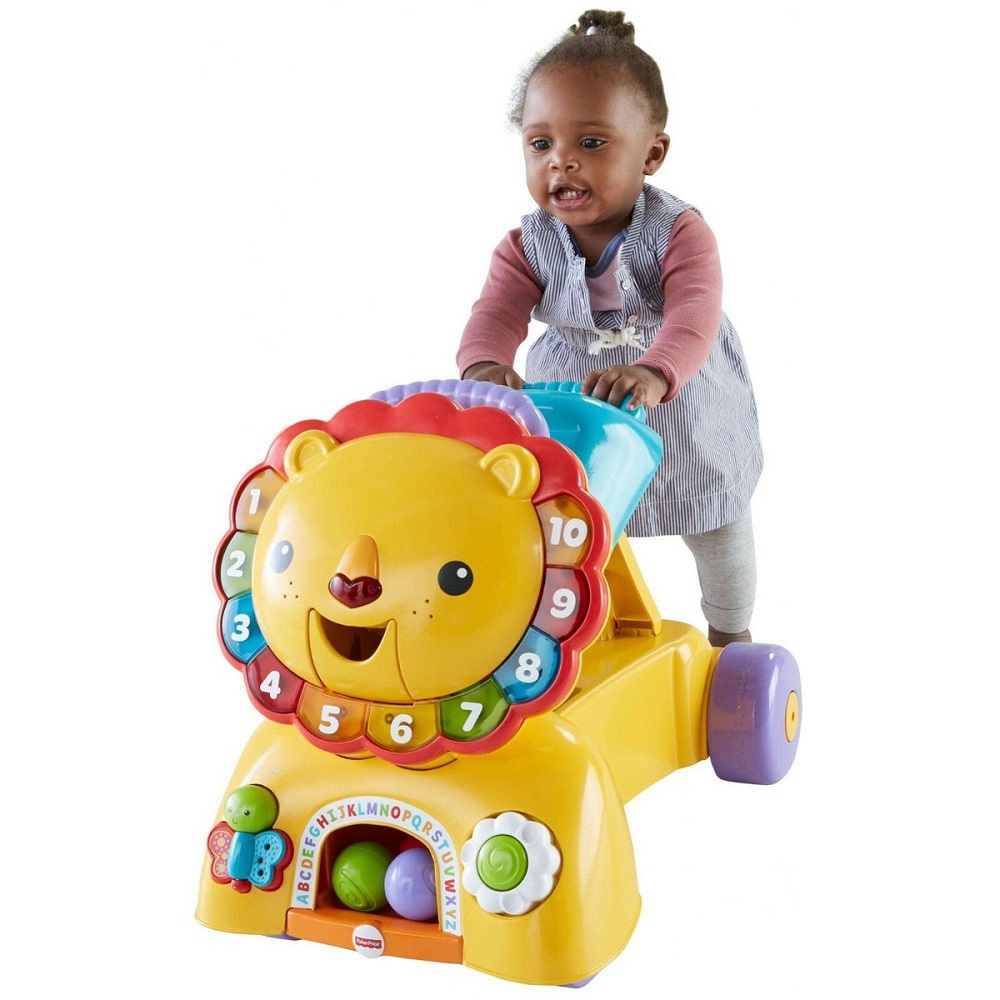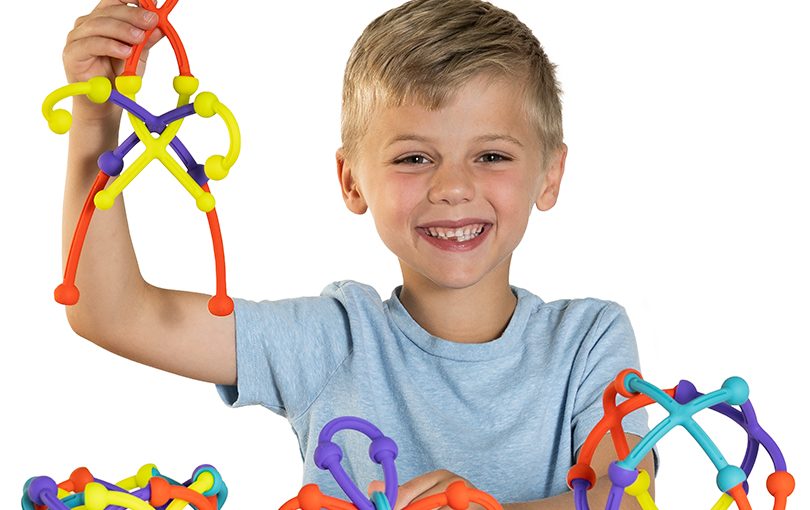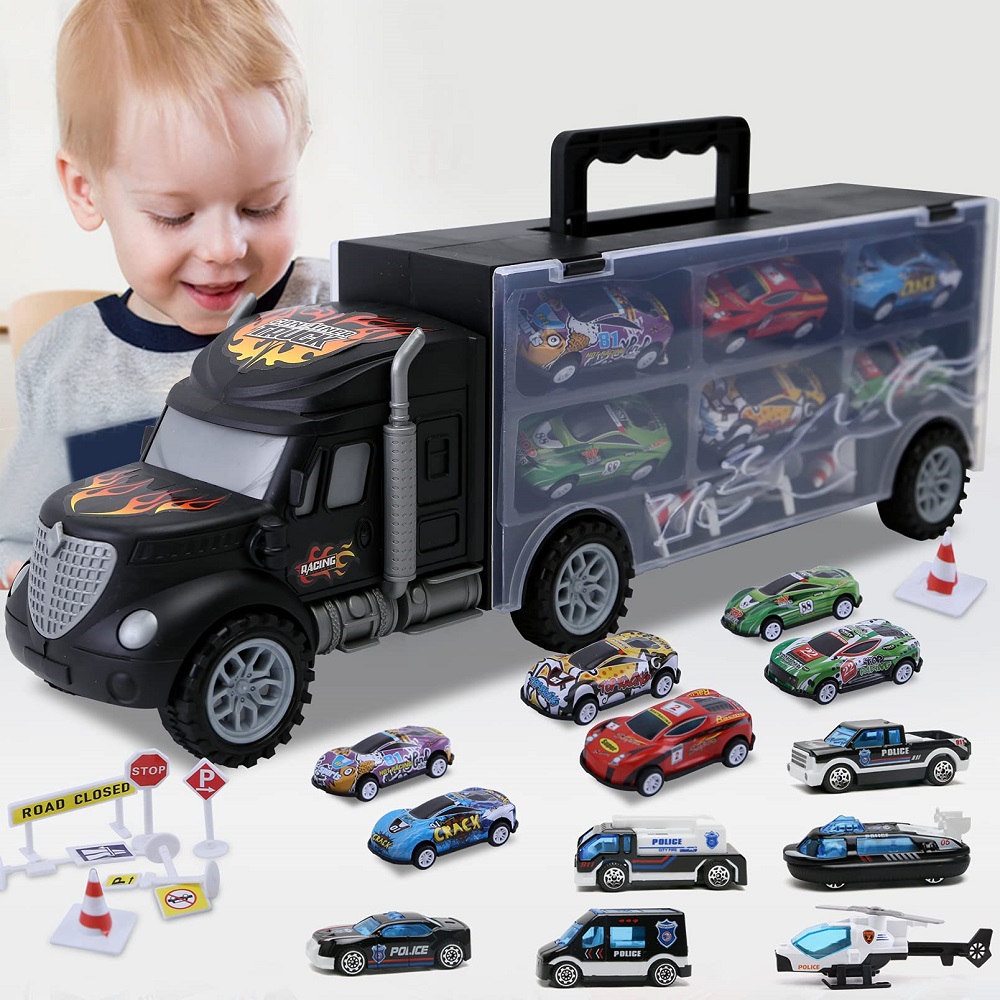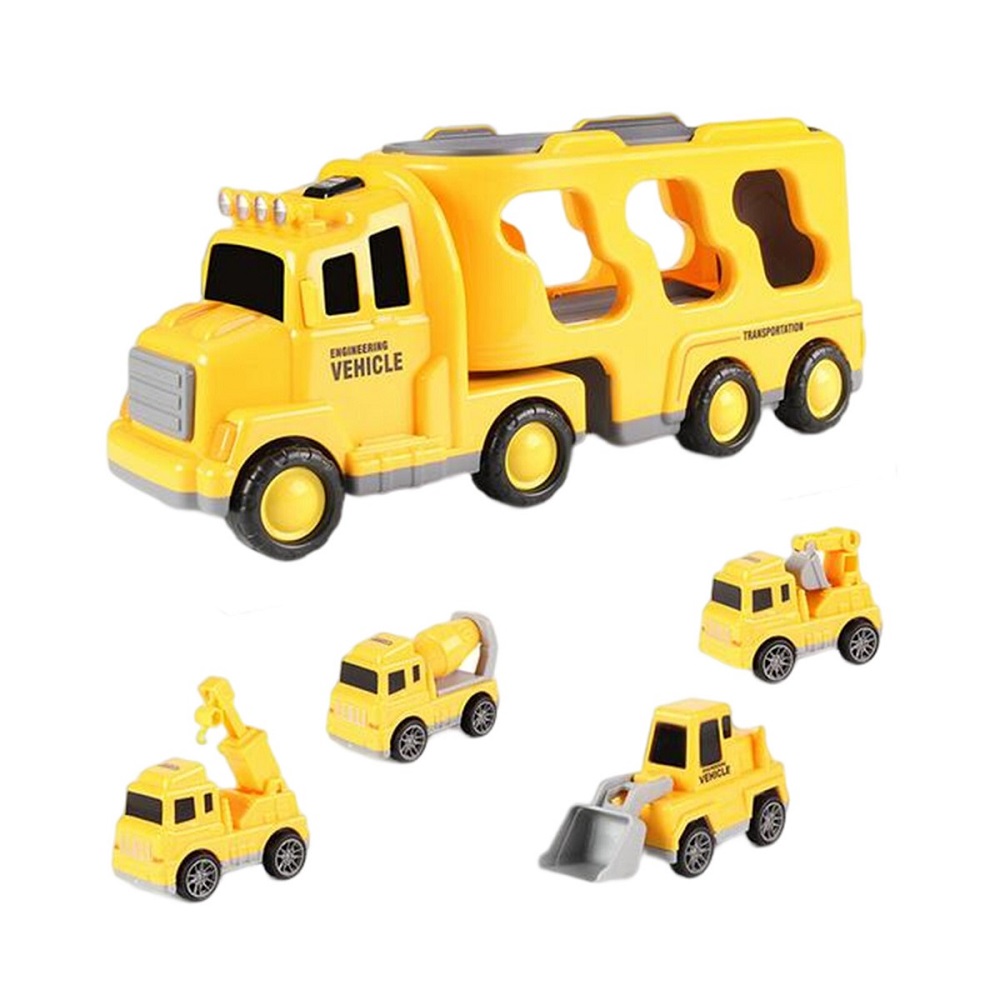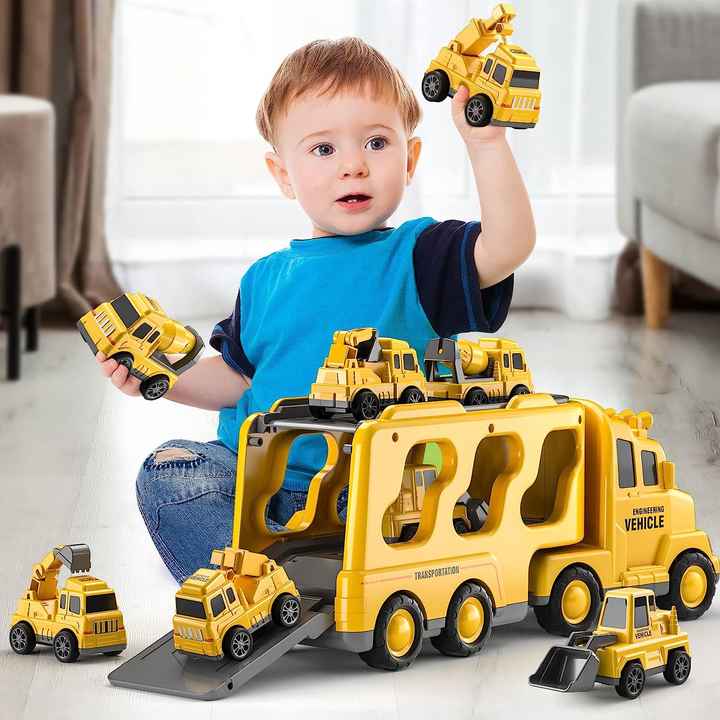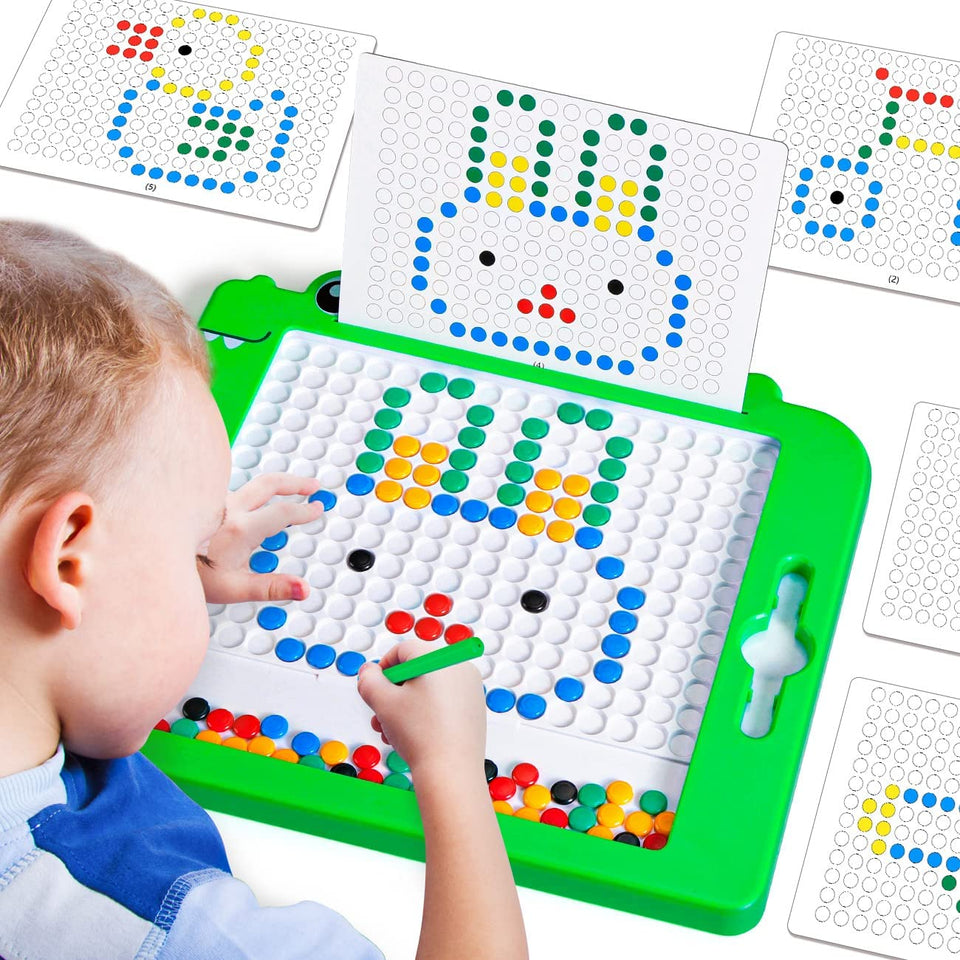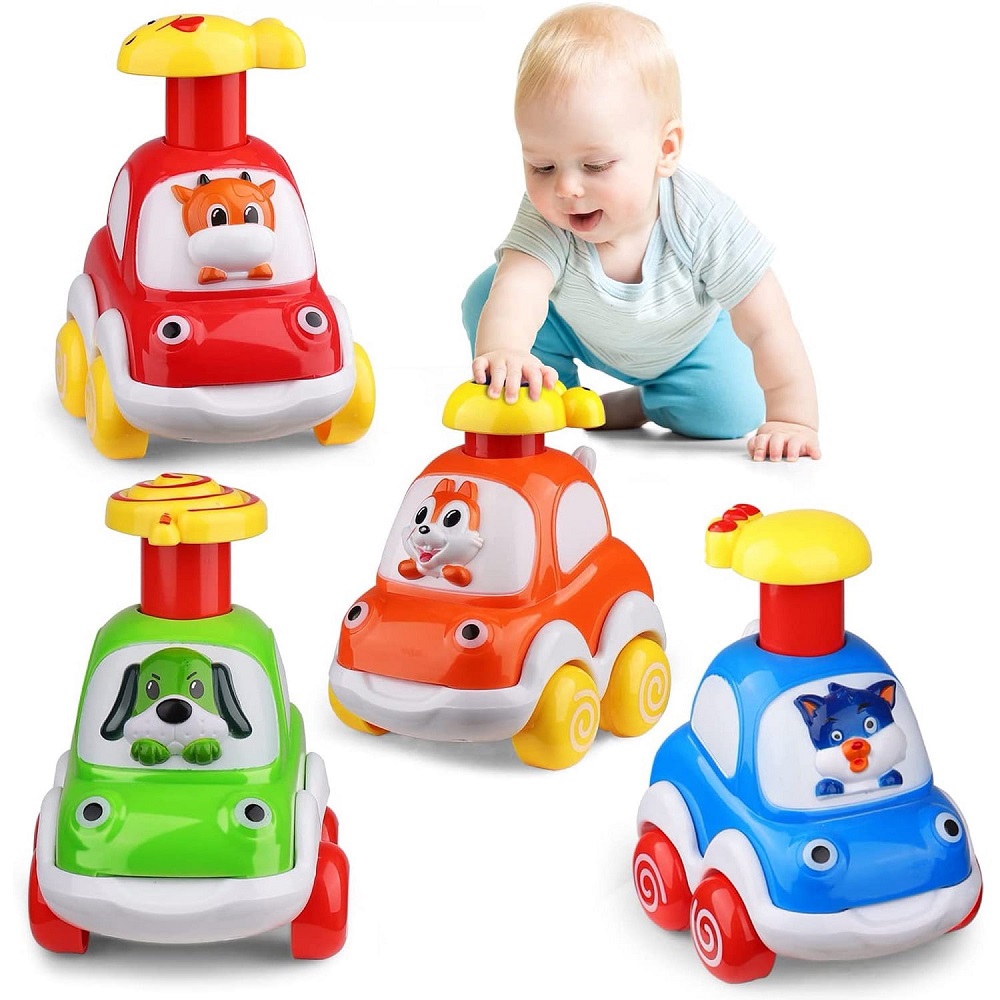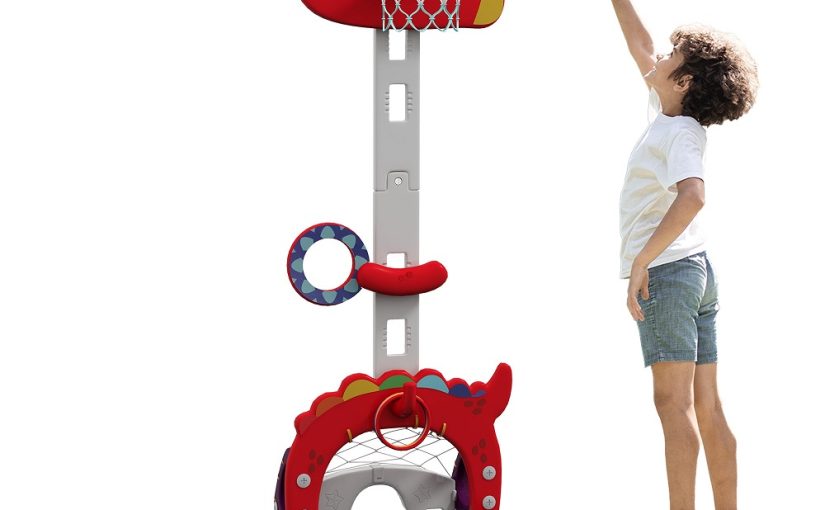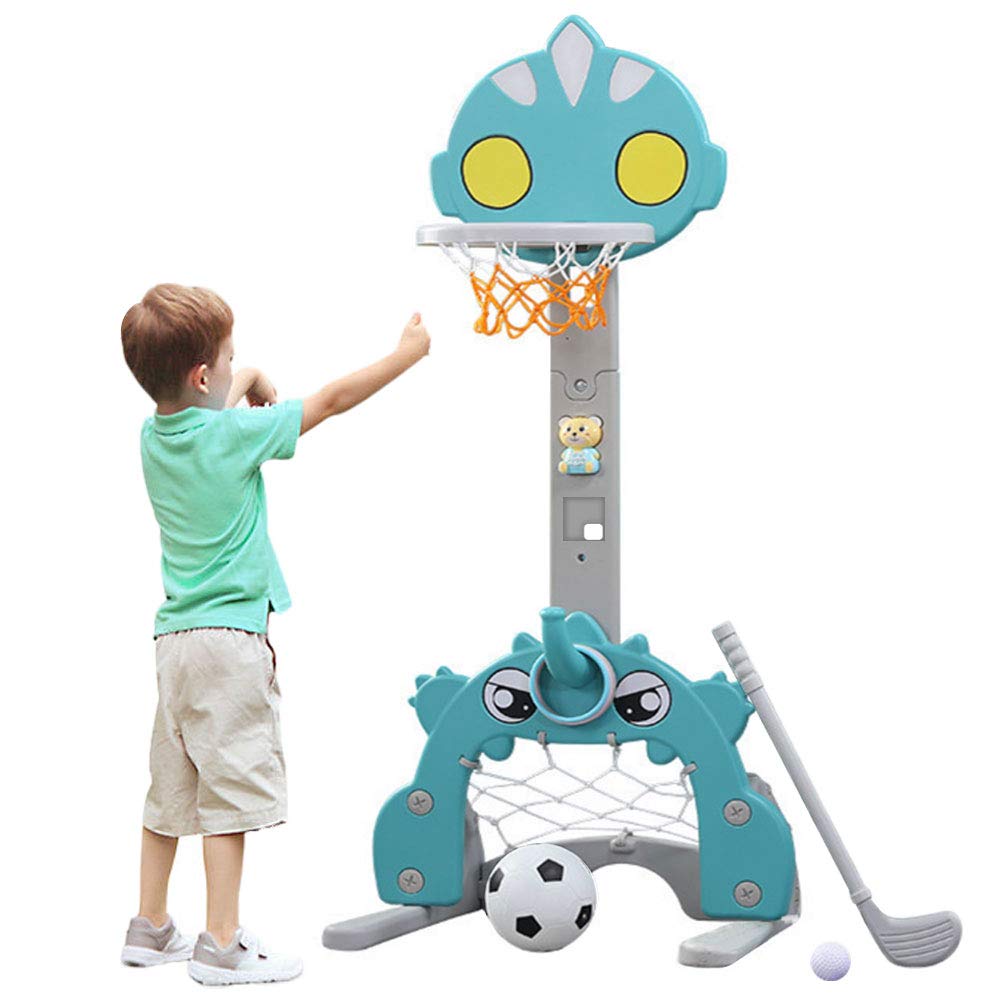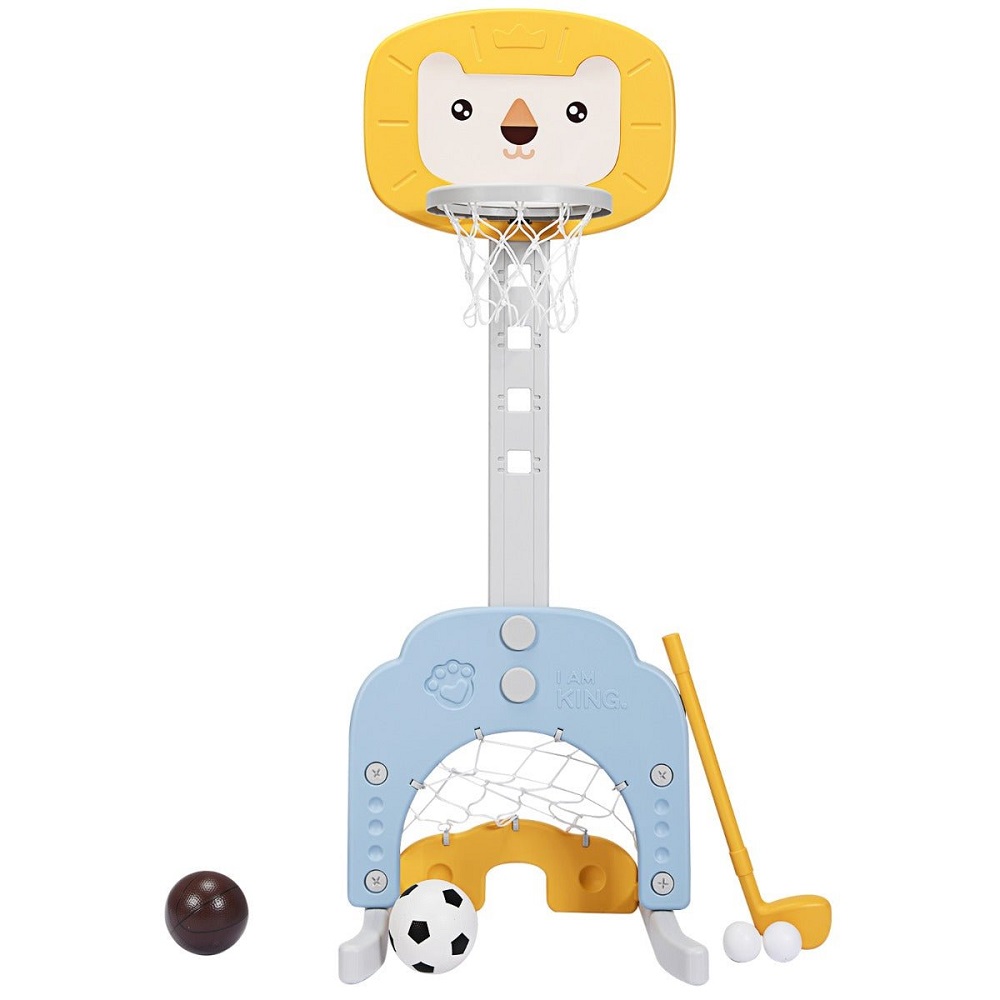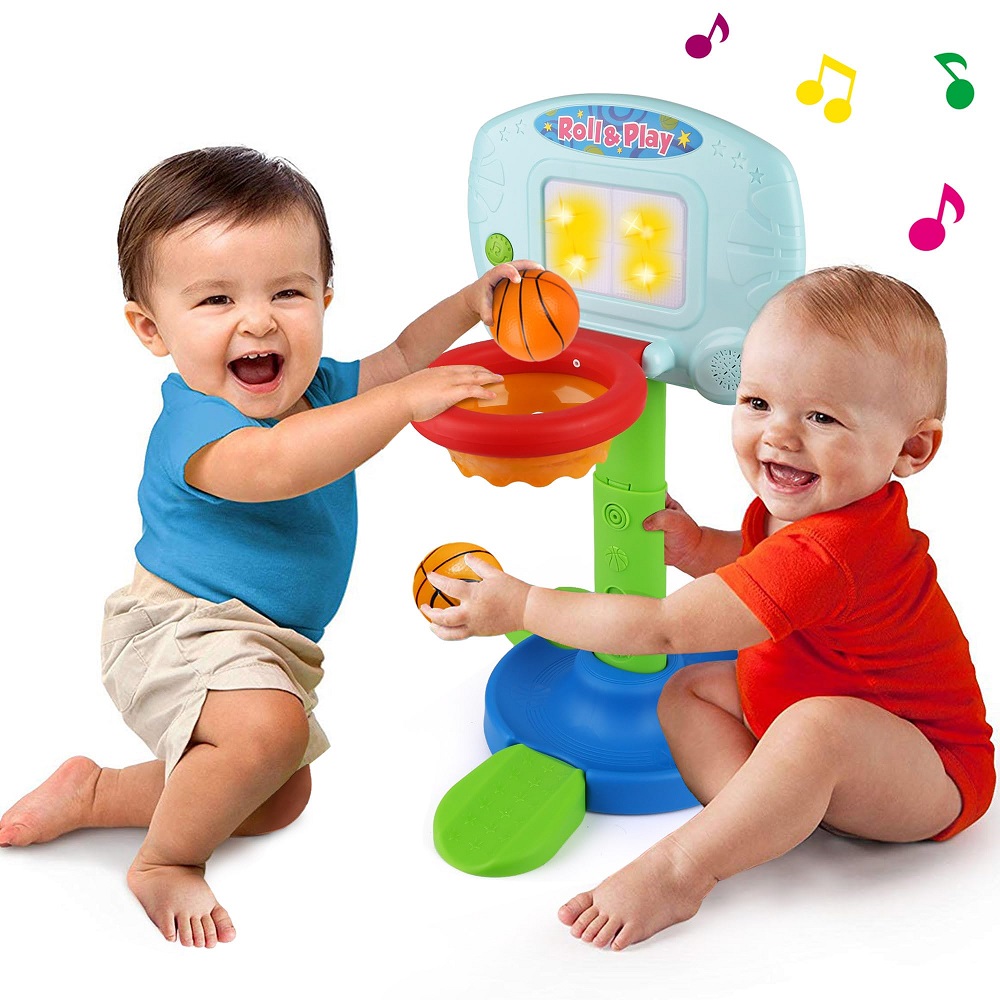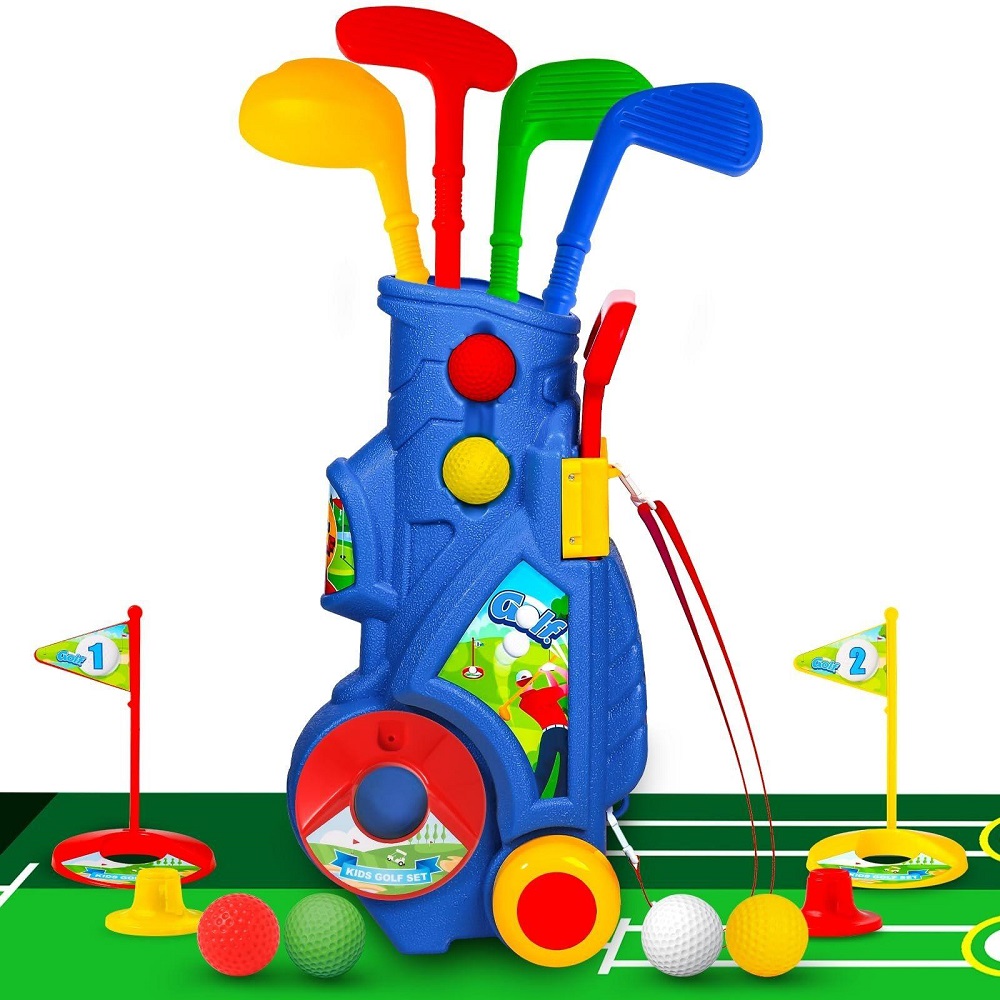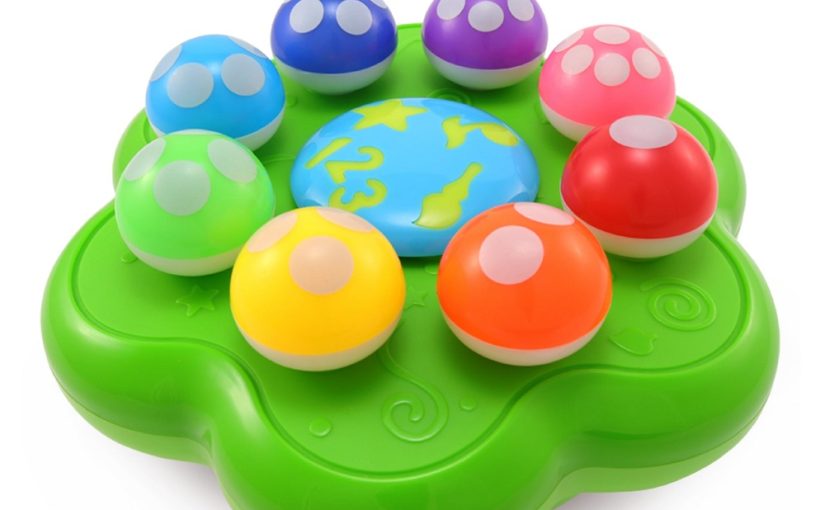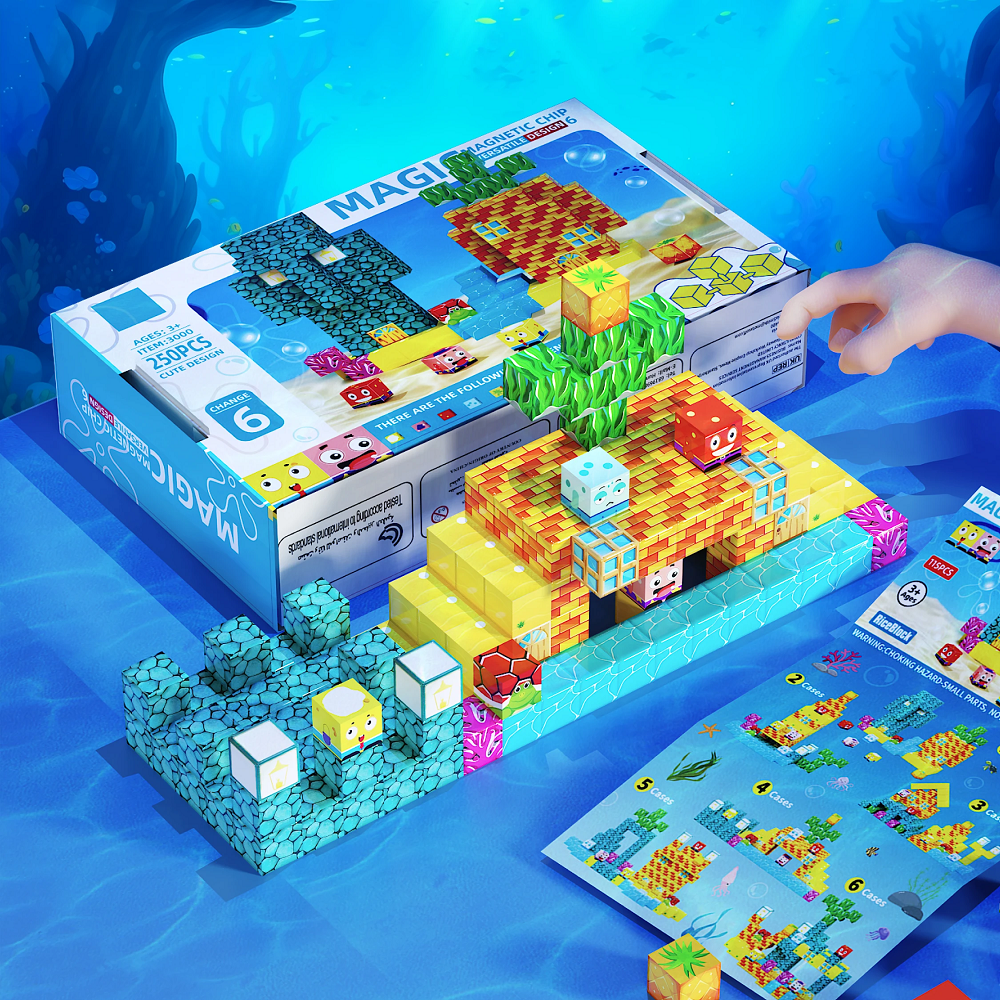Every parent knows that toddler years are full of curiosity and creativity. The best toys for toddler girls not only entertain but also spark their imagination and creativity. These toys can inspire role play, storytelling, and exploration. In this article, we will explore some of the best toddler girl toys that encourage imaginative adventures and provide a foundation for learning and development.
Benefits of Creative Play for Toddlers
Creative play is essential for a toddler’s development. It helps them build important skills while having fun.
Boosts Imagination and Creativity
- Creative play encourages toddlers to explore new ideas.
- It helps them think outside the box.
- Pretend play fosters storytelling and role-playing skills.
Supports Cognitive Development
- Activities like puzzles improve problem-solving ability.
- Creative toys teach decision-making and planning.
- Pattern recognition and sequencing skills also grow.
Enhances Motor Skills
- Fine motor skills improve through activities like drawing or stacking.
- Large play sets help develop gross motor coordination.
- Hand-eye coordination becomes sharper with repetitive play.
Builds Social and Emotional Skills
- Toddlers learn to share and take turns during group play.
- They express emotions using toys like dolls or puppets.
- Role-play toys teach empathy and teamwork.
Creative play, supported by the best toddler girl toys, is both educational and enjoyable. By encouraging imagination and interaction, these toys create opportunities for well-rounded growth.
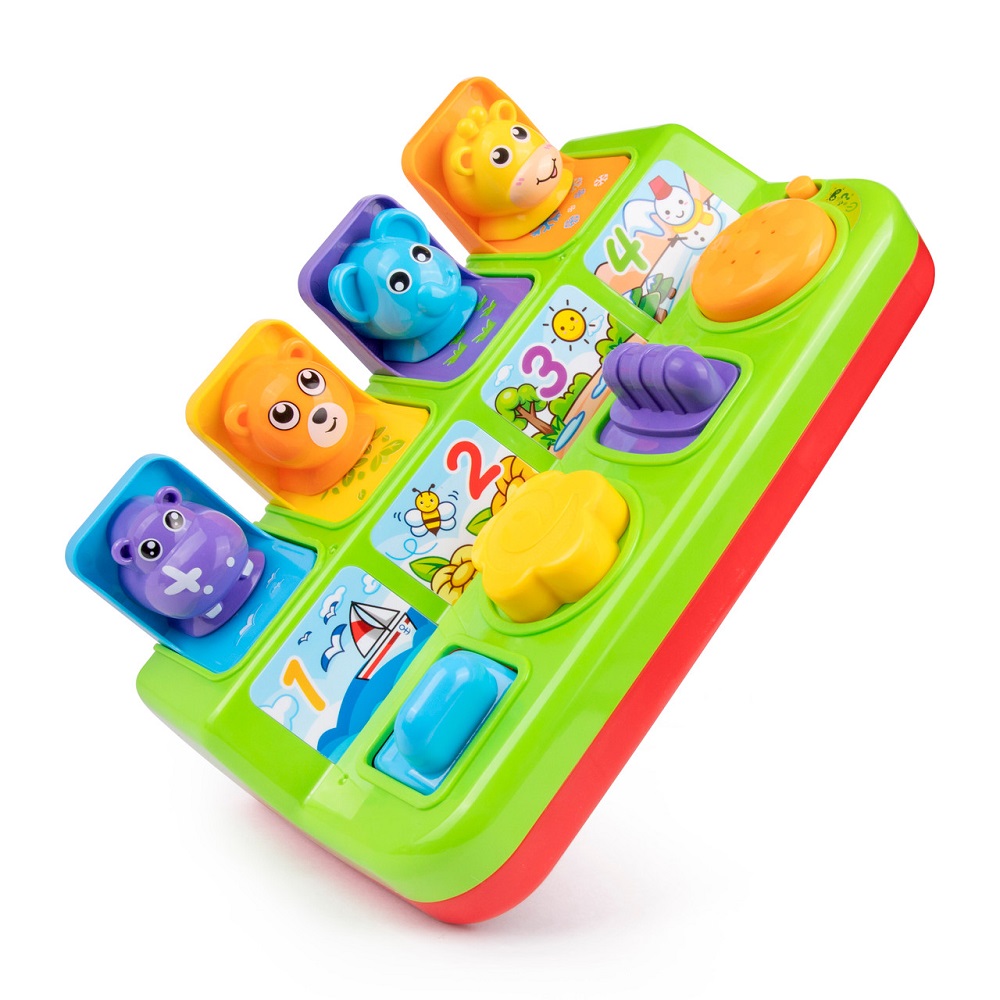
Key Features to Look for in Toddler Toys
Choosing the best toddler girl toys requires attention to their features. These ensure safety, engagement, and developmental benefits. Here are the key factors to consider:
1. Safety and Durability
- Toys should be free from small parts to prevent choking hazards.
- Look for non-toxic materials, especially in paints and plastics.
- Durable construction ensures the toy can withstand active play.
2. Age-Appropriateness
- Choose toys designed specifically for toddlers aged 1 to 3 years.
- Age-appropriate toys match the toddler’s developmental stages and skills.
- Avoid complex toys that may frustrate younger toddlers.
3. Engagement and Fun Features
- Toys should hold a toddler’s interest for extended playtime.
- Interactive elements like lights, sounds, or textures boost engagement.
- Bright colors and fun themes add to the overall appeal.
4. Support for Developmental Skills
- Toys should encourage fine motor skill development, like stacking blocks or drawing.
- Look for options that foster creativity or problem-solving, such as puzzles.
- Social toys, like pretend playsets, support emotional and teamwork skills.
5. Easy Maintenance and Storage
- Toys should be easy to clean, especially for younger toddlers who may chew or drop them.
- Compact or multifunctional toys save space in small play areas.
By focusing on these features, you can select toys that are safe, fun, and growth-enhancing. These qualities help make playtime both enjoyable and meaningful for toddlers.
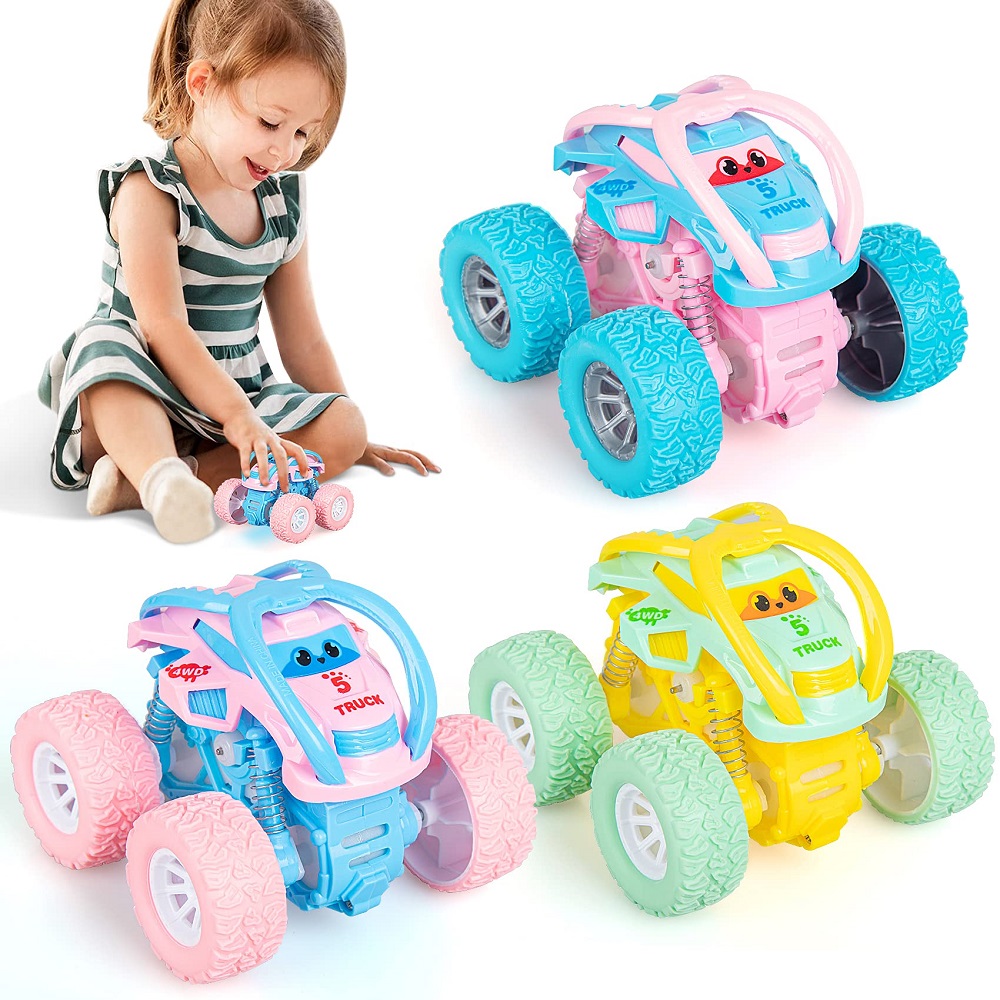
Top Toddler Girl Toys for Imaginative Play
Imaginative play helps toddlers develop creativity and problem-solving skills. Toys that inspire pretend play foster these abilities while providing endless fun.
Pretend Play Sets
Pretend play sets allow toddlers to act out real-life scenarios. These sets improve creativity and social skills.
- Kitchen Playsets: Let kids pretend to cook and serve meals, encouraging role-playing and teamwork.
- Doctor Kits: Toddlers can explore caregiving and medical scenarios, learning empathy and communication.
- Tool Sets: These inspire kids to “fix” things, building confidence and motor skills.
- Vanity Sets: Help toddlers mimic grooming activities, which builds self-awareness and coordination.
Interactive features like buttons, sounds, and lights add excitement to pretend play sets. Choose sets with durable materials to ensure safety and long-lasting play.
Dollhouses and Accessories
Dollhouses are classic toys that encourage creativity and detailed storytelling. They boost hand-eye coordination through play.
- Miniature Furniture Sets: Allow toddlers to create homes for dolls while refining fine motor abilities.
- People Figures: Teach social interaction and expand role-play opportunities with family or peer-themed characters.
- Theme-Based Dollhouses: Options like castles or farms provide unique play scenarios.
- Portable Dollhouses: Compact designs are easy to store and carry for play on-the-go.
Dollhouse play helps toddlers practice problem-solving, such as creating stories or arranging furniture. They learn about relationships, emotions, and everyday life in a fun, interactive way.
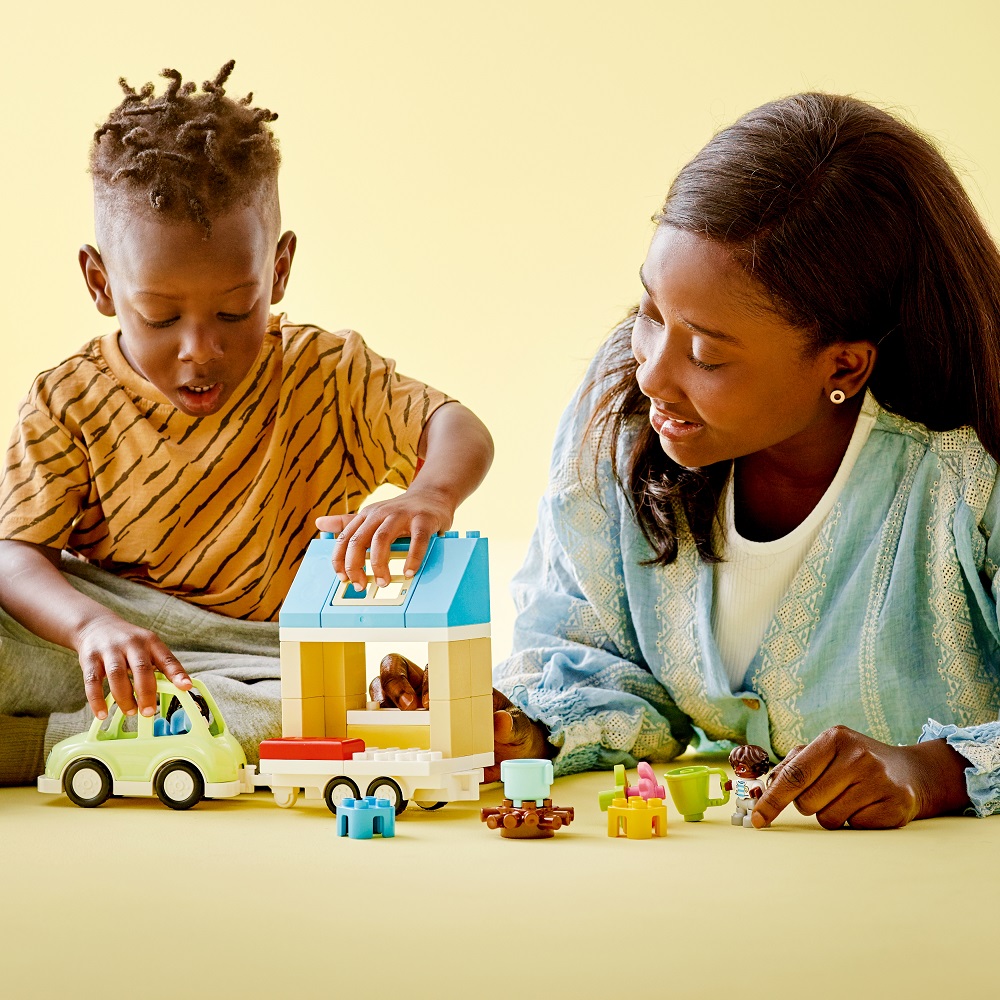
Best Toddler Girl Toys for Building and Stacking
Building and stacking are essential activities for toddlers’ growth. These toys help improve motor skills and spark creativity. They also teach problem-solving and hand-eye coordination. Below are some of the best options to encourage this type of play.
Blocks and Construction Toys
Blocks are classic toys for toddlers. They are versatile and engage kids in endless fun activities.
- Wooden Blocks: These are durable and safe for toddlers to handle. They improve stacking and balancing skills.
- Soft Foam Blocks: Perfect for younger toddlers, as they are lightweight and safe to toss around.
- Interlocking Blocks: Kids learn how to connect pieces and create more complex structures. These improve fine motor skills.
- Alphabet Blocks: Combine learning and play by introducing letters and numbers during stacking.
These toys help toddlers explore shapes, colors, and sizes. They promote creativity and critical thinking. Always choose blocks that are large enough to prevent choking hazards.
Magnetic Building Sets
Magnetic building sets take stacking and construction to a new level. They are exciting and easy to use.
- Magnetic Tiles: Toddlers can create 2D and 3D structures, improving their spatial awareness.
- Simple Magnetic Rods and Balls: These teach basic engineering concepts while keeping the activity fun.
- Colorful Magnetic Blocks: Bright colors keep toddlers engaged and help improve their color recognition.
- Beginner Sets with Starter Guides: Provide inspiration for toddlers and help them get started with the basics.
Magnetic sets encourage problem-solving and creativity. They are also easy to clean up and store, making them a favorite among parents.
By offering these toys, you can keep toddlers entertained while fostering key developmental skills. Building and stacking toys are both fun and highly beneficial for young children.
Arts and Crafts Toys for Toddler Girls
Arts and crafts toys inspire creativity in toddler girls. They help improve focus and fine motor skills. These toys also encourage self-expression while being a fun activity for young children.
Painting and Drawing Kits
Painting and drawing kits let toddlers explore colors and shapes. These activities improve hand control and creativity.
- Washable Crayons and Markers: Easy to clean and safe for young toddlers.
- Finger Paint Kits: Perfect for sensory exploration and color mixing.
- Drawing Pads and Easels: Provide a dedicated space for their artwork.
- Water Wow Painting Kits: Mess-free options with reusable pages and water brushes.
These kits are ideal for fostering early artistic interests. Look for non-toxic and easy-to-handle products for safety.
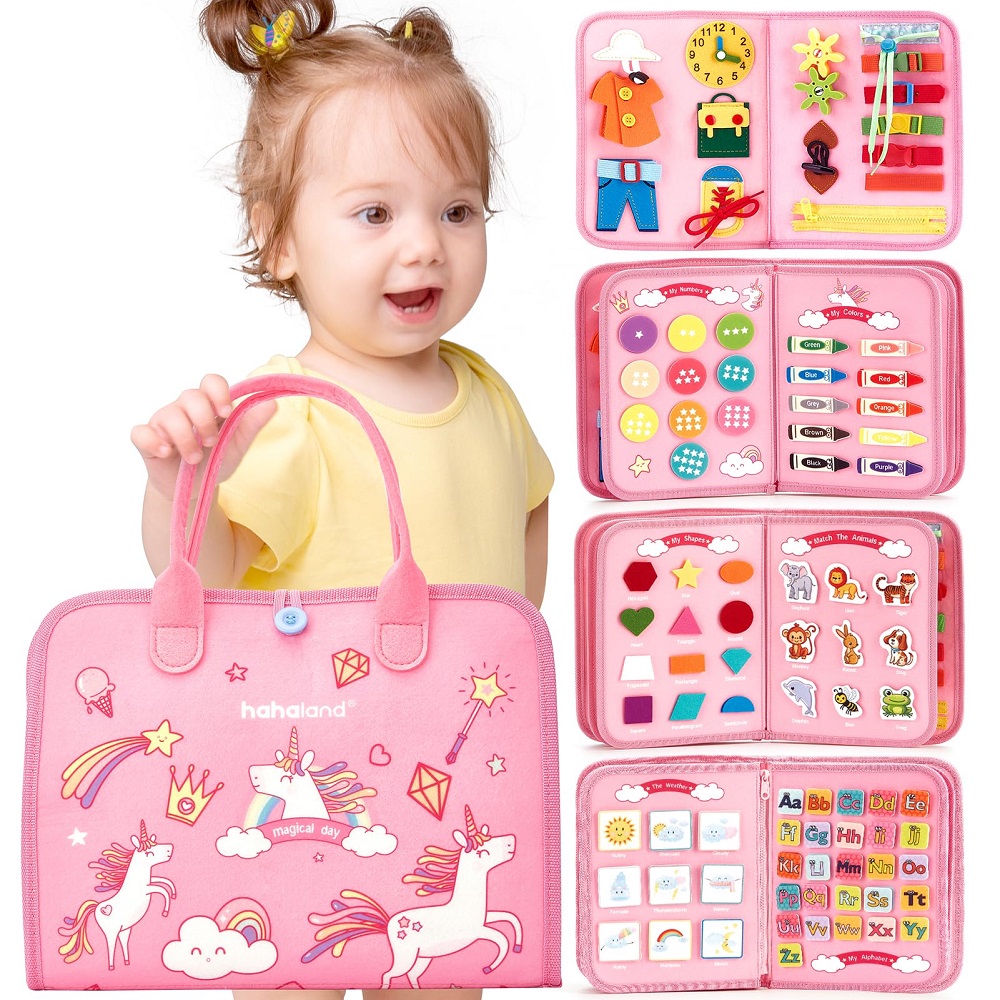
Play-Doh and Modeling Kits
Play-Doh and modeling kits spark creativity and improve tactile exploration. Kids enjoy shaping and molding freely.
- Classic Play-Doh Sets: Include colorful clay for creating endless designs.
- Shape and Mold Tools: Add rollers, cutters, and stamps for extra fun.
- Themed Play-Doh Sets: Options like bakery or animal sets inspire imaginative play.
- Soft-Molding Clay Kits: Great for toddlers developing dexterity and muscle strength in hands.
These toys teach concepts like textures, shapes, and 3D forms. They also promote imaginative storytelling through play.
Arts and crafts toys provide endless hours of fun and learning. They nurture important developmental skills while letting toddlers express themselves creatively.
Active Play Toys for Physical Development
Active play toys help toddlers enhance physical skills while staying healthy and energetic. These toys promote movement, coordination, and balance, which are essential during early development.
Ride-On Toys and Push Cars
Ride-on toys and push cars are excellent for motor skill development. They keep toddlers active and engaged.
- Ride-On Cars: These improve gross motor skills and balance as toddlers steer and move around.
- Push Cars: Encourage walking and strengthen leg muscles while providing fun and safe mobility.
- Foot-Powered Scooters: Boost coordination by allowing toddlers to propel the scooter with their legs.
- Rocking Horses: Teach balancing as kids ride back and forth in a fun, steady motion.
Key features of these toys include sturdy construction and safety straps for a secure playtime. Look for lightweight designs that are easy for toddlers to maneuver.
Play Tunnels and Climbing Sets
Play tunnels and climbing sets inspire exploration while enhancing physical abilities like crawling and climbing.
- Pop-Up Play Tunnels: Improve crawling skills and spatial awareness in a fun, enclosed environment.
- Climbing Domes: Help toddlers build strength and motor coordination as they navigate the structure.
- Soft Foam Climbing Sets: Provide a safe and colorful space for climbing, stacking, and improving balance.
- Combo Tunnels and Ball Pits: Offer multi-dimensional play while encouraging active participation.
These toys are ideal for indoor and outdoor use. Choose durable, soft materials for maximum safety and comfort.
Active play toys are perfect for physical development. They keep toddlers entertained while helping them grow stronger and more confident.
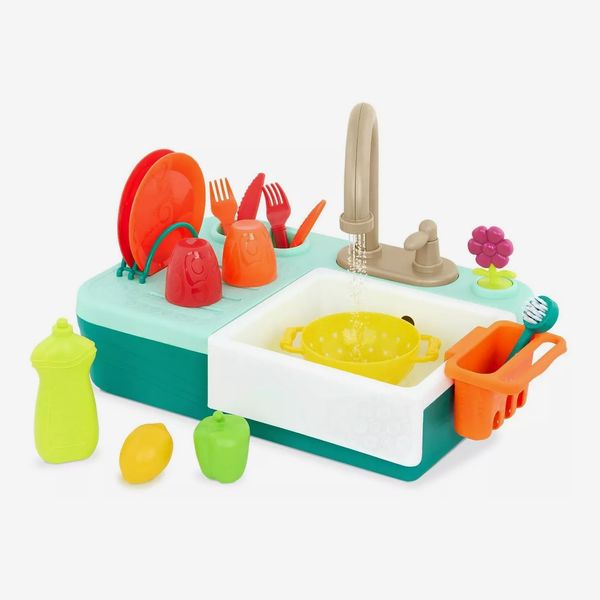
Educational Toys to Foster Learning
Educational toys play an important role in a toddler’s early development. These toys make learning fun and interactive, helping kids build essential skills effortlessly. By integrating playful elements, educational toys engage toddlers while nurturing cognitive growth and creativity.
Alphabet and Number Puzzles
Alphabet and number puzzles are excellent tools for introducing early literacy and math skills. They help kids recognize letters, numbers, and patterns through hands-on play.
- Wooden Letter Puzzles: Durable designs help toddlers learn the alphabet while improving hand coordination.
- Number Puzzles with Pictures: Teach counting in a visually engaging way using illustrations like animals or objects.
- Interlocking Puzzles: Challenge kids to match pieces, boosting problem-solving abilities.
- Magnetic Puzzles: Fun and portable, making play both exciting and educational.
These puzzles improve memory and cognitive abilities. Choose brightly colored options to capture your toddler’s attention.
Musical Instruments for Toddlers
Musical instruments encourage toddlers to explore sounds and rhythms. They improve sensory skills and creativity.
- Toy Drums: Help toddlers develop hand coordination and understand basic rhythm patterns.
- Xylophones: Introduce musical tones in a fun, easy way.
- Maracas and Tambourines: Teach rhythm and allow active movement during play.
- Kid-Safe Keyboards: Spark creativity with simple tunes toddlers can play themselves.
Musical toys support auditory development and emotional expression. Choose instruments made from safe, toddler-friendly materials to ensure a fun playtime experience.
Educational toys are the perfect blend of fun and learning. They keep toddlers engaged while fostering critical developmental skills like problem-solving, memory, and creativity.
Tips for Choosing Safe and Age-Appropriate Toys
Safety and age-appropriateness are crucial when selecting the best toddler girl toys. Considering these factors ensures your child’s playtime is both enjoyable and secure.
Safety Features to Prioritize
- Non-Toxic Materials: Choose toys made from non-toxic paints, plastics, and fabrics.
- No Choking Hazards: Avoid toys with small parts for toddlers under 3 years.
- Rounded Edges: Select toys with smooth surfaces to prevent cuts or injuries.
- Durable Construction: Ensure toys can withstand active play without breaking.
- Proper Certifications: Look for safety labels like ASTM or EN71 standards.
Importance of Age-Appropriate Toys
- Match Developmental Stage: Select best toddler girl toys suited to the toddler’s current skills and abilities.
- Avoid Complex Toys: Choose simple designs for younger toddlers to avoid frustration.
- Fun with Learning: Pick toys that balance entertainment and skill-building.
- Size Matters: Ensure toys are large enough to prevent swallowing.
- Interactive Features: Bright colors, sounds, or textures increase engagement for toddlers.
By focusing on these points, you create safe and enriching play experiences for your child.
Storybooks and Interactive Reading Toys
Encouraging Literacy and Language Skills
Storybooks are invaluable tools for imaginative adventures. Reading introduces children to new worlds and ideas while enhancing language development. Picture books with engaging illustrations can spark curiosity and encourage toddlers to create their stories. Furthermore, reading together provides bonding experiences that can deepen connections between parents and children.
Interactive Reading Toys
In recent years, interactive reading toys have become increasingly popular. These toys often involve audio components that narrate stories, allowing children to listen while following along in the book. Such toys engage toddlers and enhance their imagination by promoting literacy in a fun and interactive way. This format encourages active participation as kids turn pages and press buttons while listening to the story.
Creating Family Reading Traditions
Involving the whole family in reading time can create traditions that foster a love for books. Regular storytime can encourage children to express their thoughts and ideas about what they read, promoting conversation and connection. These traditions around reading can enhance imaginative adventures and strengthen family bonds at the same time.
Conclusion
Selecting the best toddler girl toys that encourage imaginative adventures is essential for their growth and development. The toys discussed in this article not only spark creativity but also enhance social and cognitive skills. By investing in toys that promote imaginative play, parents can help their children explore their world, develop their personalities, and build lasting memories. As toddlers embark on these imaginative journeys, they are not only playing but also laying the groundwork for a lifelong love of learning, exploration, and creativity. Embracing the joy of imaginative play now will positively impact their future adventures both in play and life.
